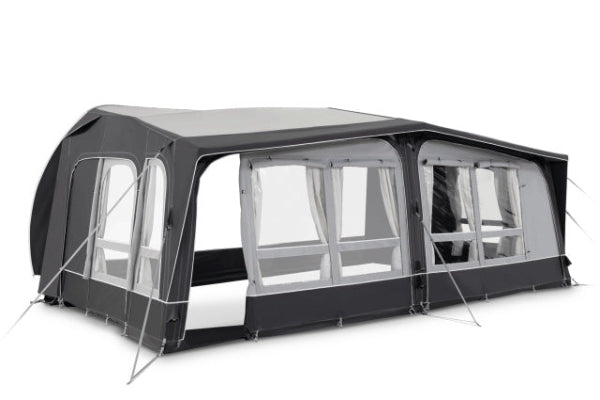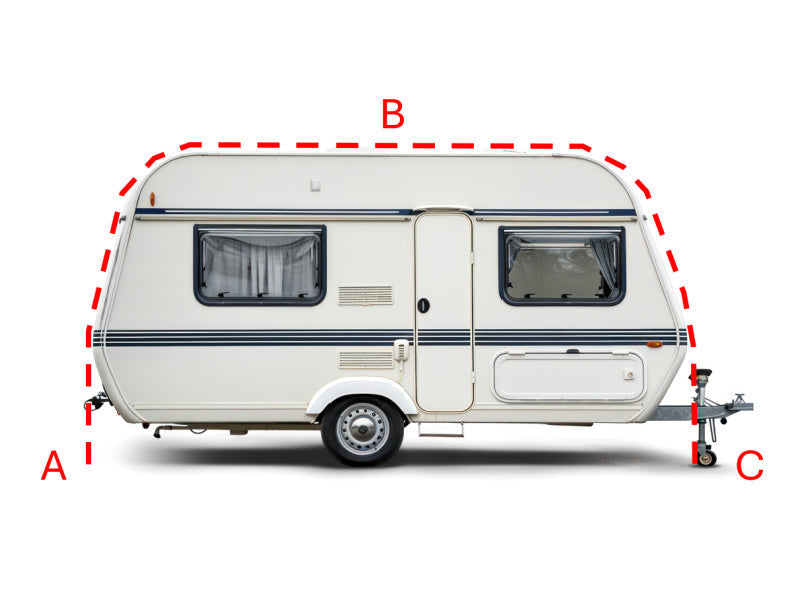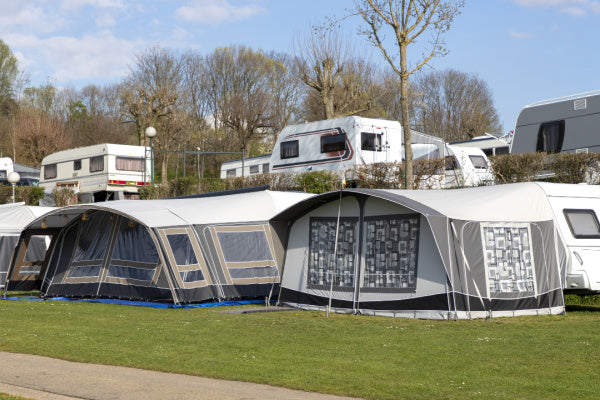Do I Need to Ground My Generator When Camping?
Camping generators keep the kettle boiling and your phone charged—but do they need grounding?
Short answer: yes, sometimes, or you risk a shocking surprise. Whether you're off-grid in Wales or dodging puddles in the Lake District, here's how to stay safe (and dry) with your generator.
Keep reading for the full spark-notes.
Understanding Generator Grounding: When and Why It Matters
What is Generator Grounding and Why is it a Safety Concern?
Basic Principles: Protecting Against Electrical Faults and Shocks
Generator grounding connects the system to the earth. This creates a safe path for electricity in the event of a fault.
It’s a vital safety measure, especially in outdoor environments where conditions can be unpredictable.
Grounding helps prevent electrical shocks and keeps your equipment from becoming hazardous.
Potential Risks of Improper or No Grounding (Electrocution, Equipment Damage)
Without proper grounding, metal parts of the generator can become live during a fault.
This poses a serious electrocution risk and can also damage sensitive electronics.
Wet conditions, which are common when camping in the UK, make these risks even greater.

The Key Factor: Is Your Generator's Neutral Bonded or Floating?
Defining Bonded Neutral (Neutral Connected to Frame)
In a bonded neutral setup, the neutral wire is connected to the generator’s frame.
This provides a direct path to the ground and is typically safer when used standalone.
Defining Floating Neutral (Neutral Isolated from Frame)
A floating neutral generator does not connect its neutral wire to the frame or earth.
These generators usually require additional grounding to ensure safe operation.
How to Determine Your Generator Type (Manual, Labels, Simple Tests)
To identify your generator's setup, check the instruction manual or look for a label on the unit.
If still unsure, you can use a multimeter to test continuity between the neutral and frame.
However, if you're not confident, it’s safer to consult a professional.
General Rules: When is External Grounding Typically Required (or Not)?
Most Portable Generators with Bonded Neutrals Used Standalone (Powering tools/appliances directly via generator outlets)
When using a bonded neutral generator to power tools or appliances directly from the sockets, extra grounding is often not required.
Still, double-check with the manufacturer’s instructions to be safe.
Connecting to an RV or Structure's Electrical System (Transfer Switches)
If you’re connecting your generator to a caravan or cabin through a transfer switch, grounding becomes more critical.
In these cases, it’s usually necessary to install a ground rod.

Following Manufacturer Instructions and OSHA/NEC Guidelines (General Awareness)
Always follow the specific guidance given in your generator’s manual.
In the UK, regulations such as the Electrical Safety Standards in the Private Rented Sector (England) Regulations 2020 highlight the importance of safe electrical practices.
Even though they don’t mention generators directly, the principle still applies.
Practical Grounding for Camping Scenarios & What to Do
How to Properly Ground Your Generator If Required
Essential Equipment: Ground Rod, Copper Wire, Clamps
To ground your generator, you’ll need the following:
-
A grounding rod (at least 1.5 metres long)
-
Copper wire suitable for your generator’s output
-
A clamp to secure the wire to the rod
Make sure the materials are weather-resistant and suitable for outdoor use.
Step-by-Step: Installing the Ground Rod Safely
-
Choose a location that’s dry and clear of underground utilities.
-
Drive the grounding rod into the earth to a depth of 1.5 metres.
-
Use the clamp to attach the copper wire securely to the rod.
-
Connect the other end of the wire to the generator’s grounding terminal.
Follow the manufacturer’s instructions closely to avoid errors.
Making Secure Connections to the Generator's Grounding Lug
Ensure all connections are tight, clean, and corrosion-free.
A loose or rusty connection can render the grounding ineffective.
Inspect your setup regularly to maintain safety.
Alternatives and Important Considerations for Campers
Can I Ground to My RV Frame? (Understanding Limitations)
Some people assume grounding to the metal frame of a caravan is enough.
This is not always safe or compliant with regulations.
Use a proper ground rod if your generator setup requires one.

What if a Ground Rod Isn't Feasible? (And When to Avoid Use)
Sometimes, installing a rod is simply not practical—like on rocky or frozen ground.
In these cases, look for generators with built-in GFCI protection.
Still, never skip grounding entirely if it’s required for your setup.
Importance of GFCIs (Ground Fault Circuit Interrupters)
GFCIs are designed to cut off power quickly when a fault is detected.
Many modern generators include them to add an extra layer of protection.
They don’t replace grounding but they do offer an important safety net.
Never Compromise Safety: If in Doubt, Consult an Electrician
Electrical safety isn’t something to guess at.
If you’re unsure whether your setup is safe, always speak with a qualified electrician.
It’s better to ask once than risk injury or equipment damage.
Other content you might like:
- What Are The Disadvantages Of A Portable Generator?
- Will A 1000w Generator Run A Refrigerator?
- How Big Of A Generator Do I Need For Camping?
- Should You Leave A Generator On All Night?
- How Long Will A 2000-Watt Generator Run On A Full Tank Of Gas?
- Where Is The Best Place To Put A Generator When Camping?
- How To Cover A Generator In The Rain?
- Is It Okay To Enclose A Generator?
- How Long Can A Portable Generator Run Continuously?
- How Long Can Gas Sit In A Generator Before It Goes Bad?
- Will A 3500 Watt Generator Run Two Refrigerators?
- What Are The Tips For Using A Portable Generator?
- How Generators Work For Dummies?
- Do You Have To Turn Off Your Main Breaker When Using A Generator?





Leave a comment